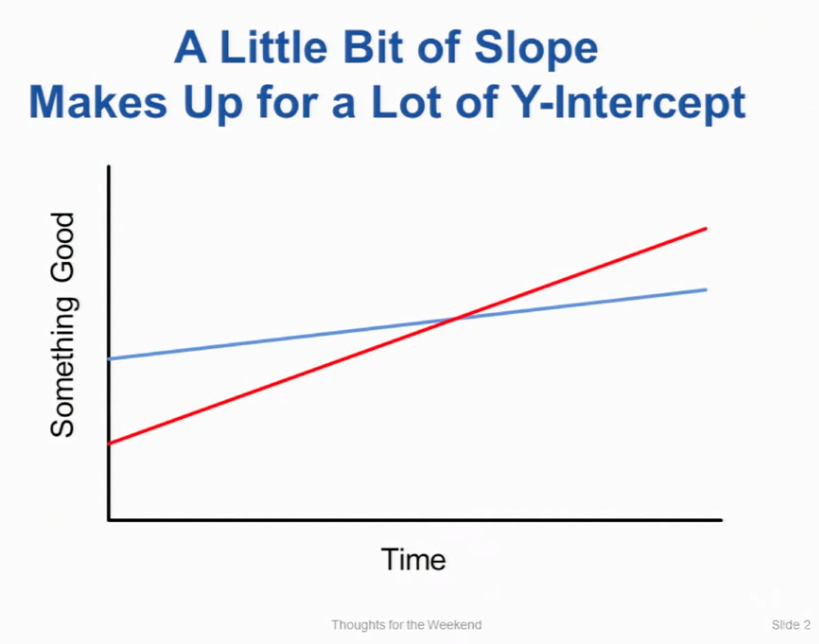This document was originally written several years ago. At the time I was working as an execution core verification engineer at Arm. The following points are coloured heavily by working in and around the execution cores of various processors. Apply a pinch of salt; points contain varying degrees of opinion.
It is still my opinion that RISC-V could be much better designed; though I will also say that if I was building a 32 or 64-bit CPU today I'd likely implement the architecture to benefit from the existing tooling.
Mostly based upon the RISC-V ISA spec v2.0. Some updates have been made for v2.2
The RISC-V ISA has pursued minimalism to a fault. There is a large emphasis on minimizing instruction count, normalizing encoding, etc. This pursuit of minimalism has resulted in false orthogonalities (such as reusing the same instruction for branches, calls and returns) and a requirement for superfluous instructions which impacts code density both in terms of size and
